The Arctic Accelero Hybrid III-140 ships in a white-and-blue box, just like the other Arctic products we have reviewed in the last few months.
On the back is a selection of key features about the Accelero Hybrid III-140, as well as information about which graphics cards are supported.
Inside the box we find two manuals. The first is the installation guide which walks you through the installation process. The second leaflet is a short guide which explains how to download fan control software for the GPU.
Digging deeper we find all the necessary installation hardware, as well as a small tube of thermal paste which should provide enough grease for 2 applications.
Moving on to the actual product itself, we start with the GPU backplate. The backplate is necessary for securing the waterblock to the GPU core, but it also has 5 thermal pads to keep the top-side of the graphics card cool.
There is also a VRM heatsink with pre-cut thermal pads included.
This 80mm fan secures to the VRM heatsink to provide active cooling as well – Arctic have clearly put a lot of thought into the design, ensuring no stone is left unturned when it comes to keeping the GPU cool.
Lastly, we get a look at the AIO loop itself. As the name suggests, the Accelero Hybrid III-140 comes with a 140mm radiator as well as an Arctic F14 fan. The F14 fan connects via a 4-pin PWM header.
The pump/waterblock is a standard Asetek affair with Arctic branding on the top. It also requires a Molex connector for additional power – I would have preferred to see a SATA connector instead, but it is a minor issue.
 KitGuru KitGuru.net – Tech News | Hardware News | Hardware Reviews | IOS | Mobile | Gaming | Graphics Cards
KitGuru KitGuru.net – Tech News | Hardware News | Hardware Reviews | IOS | Mobile | Gaming | Graphics Cards


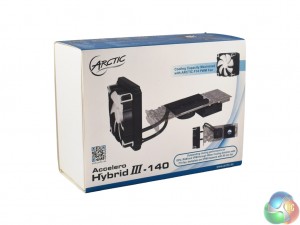
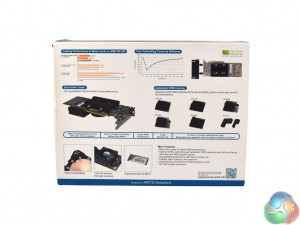
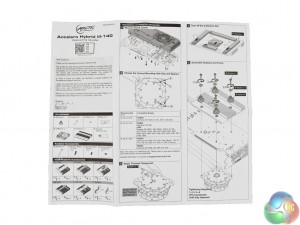
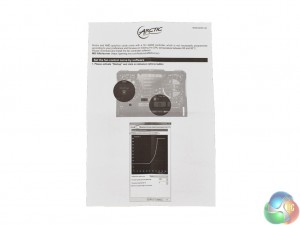
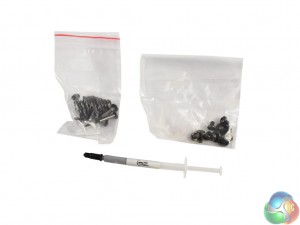
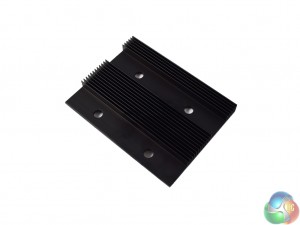
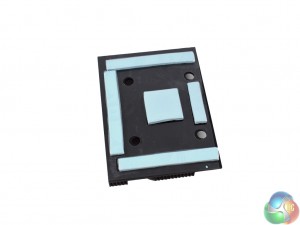
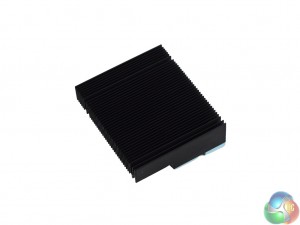
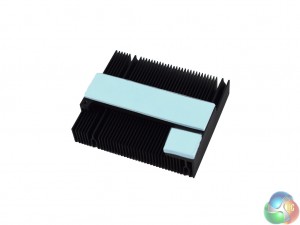
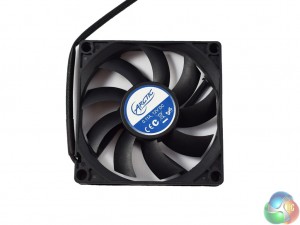
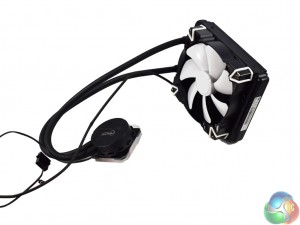
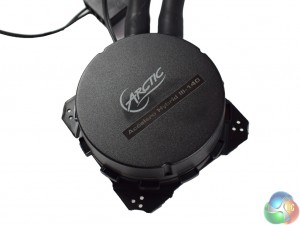

Great performance, but a shroud for the front would make it a lot more visually appealing.
Good idea – I agree the visuals are a bit lacking
Very nice results for sure with this cooler. It is to bad Nvidia gimped the cards bios so much it would be great to see those 2.5Ghz clocks they were talking about when they released the 10 series. I guess we won’t see that until someone manages to decrypt and unlock the Bios on the 10 series. But at this stage of the game if it hasn’t happened yet it most likely won’t because in a few months Nvidia will release the rebranded 20 series and no one will care about unlocking the 10 series anymore.
Google is paying 97$ per hour! Work for few hours and have longer with friends & family! !mj244d:
On tuesday I got a great new Land Rover Range Rover from having earned $8752 this last four weeks.. Its the most-financialy rewarding I’ve had.. It sounds unbelievable but you wont forgive yourself if you don’t check it
!mj244d:
➽➽
➽➽;➽➽ http://GoogleFinancialJobsCash244MarketLogicGetPay$97Hour… ★★✫★★✫★★✫★★✫★★✫★★✫★★✫★★✫★★✫★★✫★★✫★★✫★★✫★★✫★★✫★★✫★★✫★★::::::!mj244d:….,…
This is really a great aftermarket hybrid cooler for reference graphics cards.
This is a CLC (closed loop circuit), not an AIO. Please correct accordingly.
Am I the only one concerned that the RAM on the front is not addressed by any heatsinks?
The ram is cooled by the backplate. Which makes sense because the temps actually conduct through the pcb better than the plastic casing they are in.
Same difference. With a few exceptions (basically swiftech and ekwb) all aio are clc’s
I went ahead and added this beast to my 1080 FE and I so far I can’t get the GPU over 45 degrees c. Very nice. I added copper heatsinks to the front of RAM and touched them during 3dmark loop and they were very hot! Note that I do oc both GPU and memory. Glad I added the heatsinks